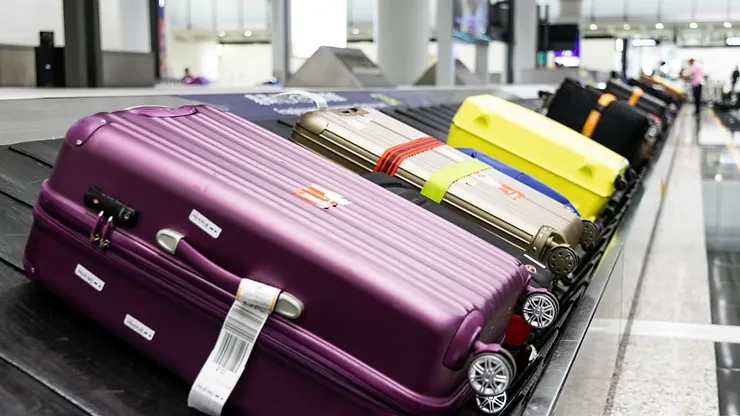In Australia, the liability of carriers is governed by the Civil Aviation (Carriers Liability) Act 1959 (Cth) (“the Act”).
A person is entitled to a claim with respect to damage to their registered baggage under section 29 of the Act. Section 29 (1) imposes liability on the carrier for the destruction, loss or damage to baggage. A carrier who proves that they took all necessary measures to avoid the loss or damage may not be held liable.
A person after becoming aware of damage to their baggage or items within it has (3) days to complain to the carrier. If the baggage or an item within it, is completely destroyed, then the passenger has (21) days to complain to the carrier. The complaint to the carrier must be in writing.
A person may be entitled to a claim of up to $3,000 for loss, damage or destruction of a registered baggage: Section 31 (2A).
A person has (2) years after the date of the arrival of the aircraft at the destination to bring an action against the carrier: section 34.
Things to keep in mind:
If you become aware of damage to your baggage upon delivery, contact the carrier immediately in writing, noting the time constraints contained in section 30 of the Act.
Note that as per section 31 (2A), you are entitled to a maximum claim of $3,000 from the carrier. You may not be able to recover more than $3,000. You can consider alternative insurance for expensive items within your baggage.
Note that you only have 2 years to bring legal action against the carrier.
Finally, it’s worth noting that the carrier has a statutory defence of contributory negligence under section 39 of the Act. This is for instance where the passenger failed to secure an item within the baggage or was otherwise negligent in some way.
For non-domestic matters, international conventions apply, most of which have been ratified and given effect through the Act.
Note: This is a general guide only. Circumstances may vary and advice should be sought about your specific circumstances.







